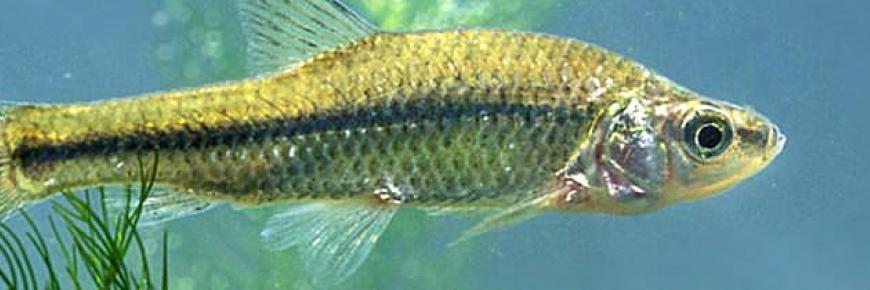Invasives playing dirty
 There are many characteristics which make Japanese knotweed one of the worst invasive plants in Europe. With vigorous growth, knotweed can quickly dominate entire habitats with a dense thicket of bamboo-like stems. The plant’s roots are incredibly thick, forming an extensive system reaching metres underground. A fragment of root as small as 1cm can sprout a new plant in less than 10 days, making the control and eradication of Japanese knotweed highly problematic.
There are many characteristics which make Japanese knotweed one of the worst invasive plants in Europe. With vigorous growth, knotweed can quickly dominate entire habitats with a dense thicket of bamboo-like stems. The plant’s roots are incredibly thick, forming an extensive system reaching metres underground. A fragment of root as small as 1cm can sprout a new plant in less than 10 days, making the control and eradication of Japanese knotweed highly problematic.
However, the real icing on this invasive cakeis its dirty tactics.
Not only does it out-grow, out-shade and out-compete its plant competitors – it also uses underground chemical warfare. Allelopathy.
In the plant kingdom, allelopathy is known as “the chemical-mediated interference between plants”. Or more simply where plants produce and release compounds which directly inhibit and suppress the growth of other plant species.
How do we know this happens?
We know this from experiments with Activated Carbon – a substance which readily absorbs ANY organic compound, including allelopathic ones. Growing Japanese knotweed and a rival plant in the presence of activated carbon sees a 35 % increase in the productivity of the rival plant – showing something was suppressing it before.
Allelopathy is a very common occurrence in the battle for resources among vegetation. However the impact of Japanese knotweed allelopathic compounds is magnified in Europe making the plant even more destructive.
So why is Japanese knotweed so destructive in Europe?
When introduced to a new area, the native plants have had no time to ‘co-evolve’ with Japanese knotweed and therefore are particularly susceptible to its allelopathic compounds having NEVER encountered them before. This is called the ‘Novel Weapons Hypothesis’. Combine this weaponry with its ability to sprout from small fragments of root, its problematic removal and its vigorous growth and you have an invasive that is well and truly stuck in the mud.
So next time you see Japanese knotweed, report it (you could even use our Smartphone app...) and take pity on the surround vegetation stuck in war with this invasive weed.
References
Murrell, C., Gerber, E., Krebs, C., Parepa, M., Schaffner, U & Bossdorf, O (2011). ‘Invasive knotweed affects native plants through allelopathy’ American Journal of Botany 98: 38-43
Weston, L. A., Barney, J. N & DiTommaso, A (2005). 'A Review of the Biology and Ecology of Three Invasive Perennials in New York State: Japanese Knotweed, Mugwort and Pale Swallow-wort' Plant and Soil 277:53-69
Photo Credits: Japanese Knotweed (GBNNSS)

